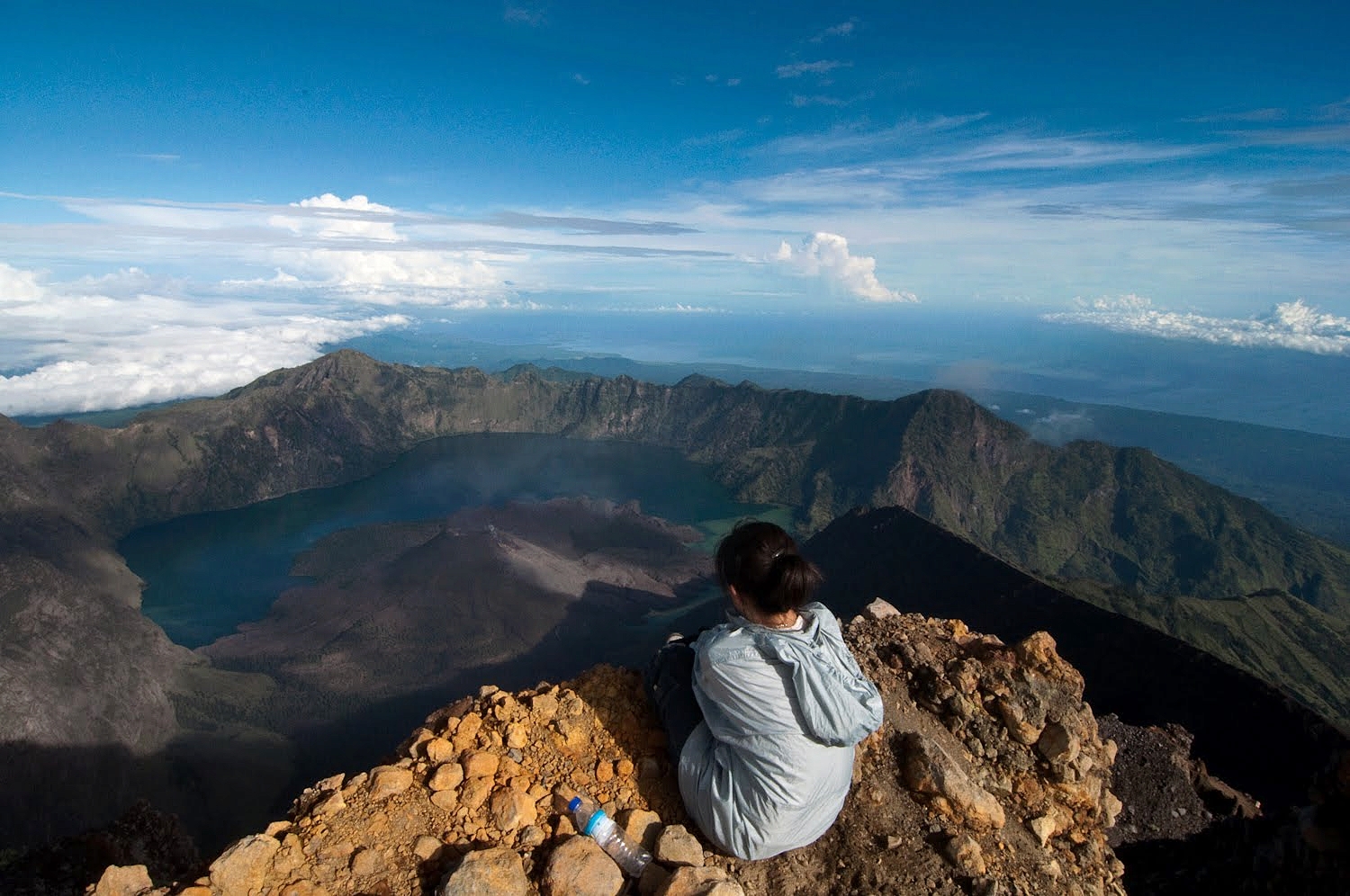
All major rivers and many of the world’s minor rivers originate in mountain regions. They store large quantities of fresh water in the form of ice and snow and in lakes, wetlands and reservoirs.
The combination of high mountain snow peaks and glaciers along with the natural biodiversity of these regions makes them an irreplaceable part of the global water cycle. Resolution 62/196, which was adopted by the UNGA in 2007, referred to mountains as the source of most of the Earth’s freshwater.
“Mountain areas constitute a relatively small proportion of river basins, yet they provide the greater part of the river flows downstream. These “water towers” are crucial to the welfare of human- kind. As demand increases, the potential for conflict over the use of mountain water grows. Careful management of mountain water resources must therefore become a global priority in a world moving towards a water crisis in the next century.” Download: Mountains of the World: Water Towers for the 21st Century, Mountain Agenda, 1998.pdf
However nowadays much of the crucial biodiversity of these regions has been removed, many glaciers and snow peaks are suffering from extensive loss of snow and ice and these changes are having devastating global repercussions.
Freshwater is essential for life. It is unthinkable that humanity can allow something so fundamental as the global water cycle to be irrevocably damaged without taking all possible steps to try to prevent this from occurring.
“The alpine and high-mountain areas of the world play an extremely important and distinctive role in the hydrological processes of the planet, and in the regional hydrology of all continents. It is in alpine regions where meteorological, glaciological, periglacial and hydrological phenomena have most intimate and complex interaction and variability on short space scales and short time scales, yet the results of these interactions have a profound effect on hydrological regions over much greater distances and longer time periods.” Download: Hydrological aspects of Alpine and high mountain areas,Roots and Glen, ‘1982.pdf
Mountain regions can also be considered to be the ‘Roof of the World’. As the threat of a broken roof would threaten the whole house, damaged mountain ecosystems are threatening the survival of the entire world.
“Temperature and precipitation in the form of rainfall and snow largely determine the hydrological cycle, including runoff. Changes in these factors will thus impact freshwater supplies from mountain areas and have implications for water availability in the lowlands.” Download: Water Towers in a Changing World, D.Viviroli et al, 2011.pdf
Likewise the entire roof needs to be considered and the highest parts need to be prioritised and repaired first. The top regions such as the Himalayas and the Andes need to be given immediate attention to conserve lower regions such as the Alps and Rockies.
